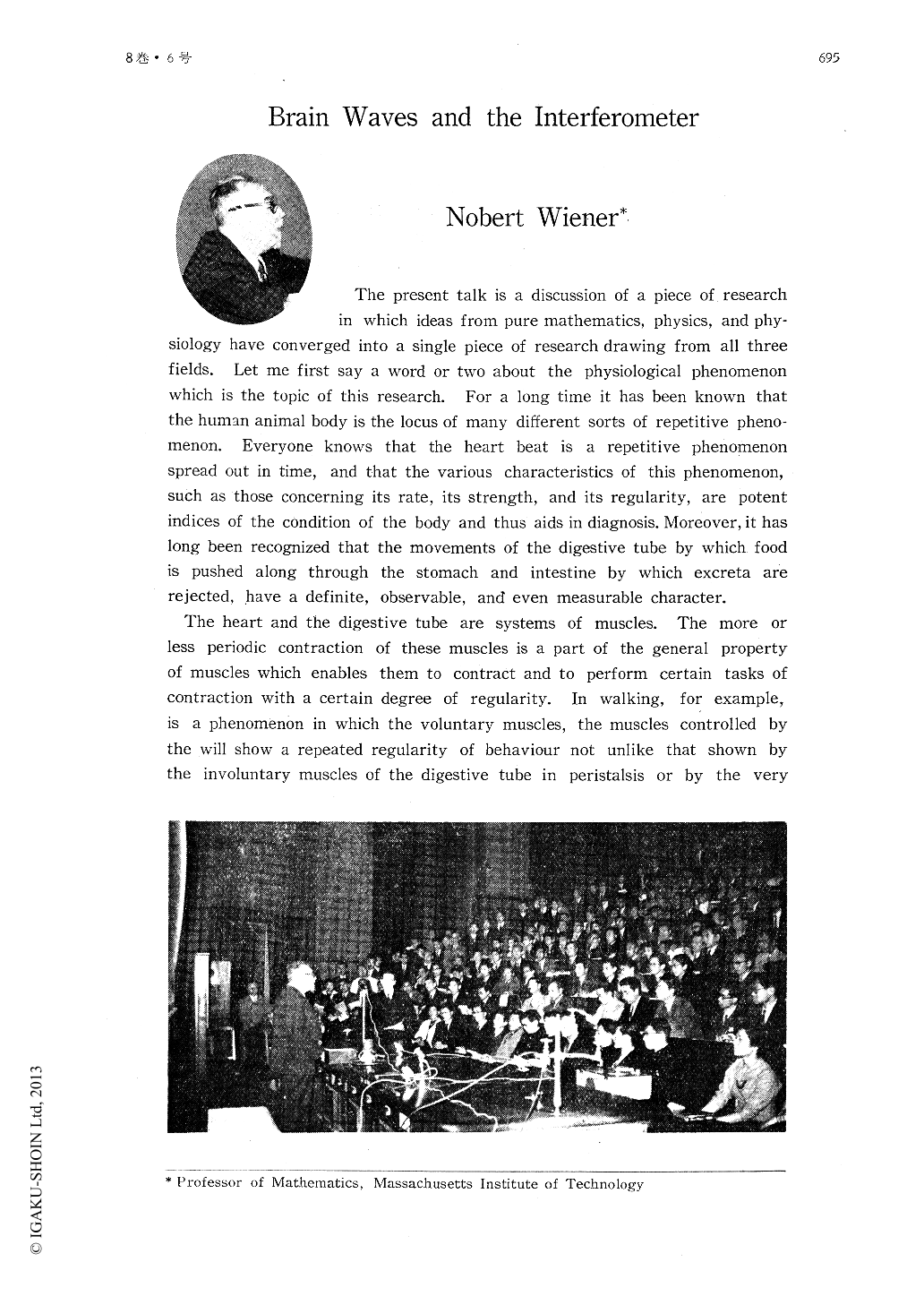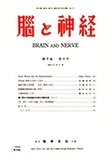- 有料閲覧
- 文献概要
- 1ページ目
The present talk is a discussion of a piece of research in which ideas from pure mathematics, physics, and phy—siology have converged into a single piece of research drawing from all three fields. Let me first say a word or two about the physiological phenomenon which is the topic of this research. For a long time it has been known that the human animal body is the locus of many different sorts of repetitive pheno—menon. Everyone knows that the heart beat is a repetitive phenomenon spread out in time, and that the various characteristics of this phenomenon, such as those concerning its rate, its strength, and its regularity, are potent indices of the condition of the body and thus aids in diagnosis. Moreover, it has long been recognized that the movements of the digestive tube by which food is pushed along through the stomach and intestine by which excreta are rejected, have a definite, observable, and even measurable character.
The heart and the digestive tube are systems of muscles. The more or less periodic contraction of these muscles is a part of the general property of muscles which enables them to contract and to perform certain tasks of contraction with a certain degree of regularity. In walking, for example, is a phenomenon in which the voluntary muscles, the muscles controlled by the will show a repeated regularity of behaviour not unlike that shown by the involuntary muscles of the digestive tube in peristalsis or by the veryspecial muscle of the heart in its beat.

Copyright © 1956, Igaku-Shoin Ltd. All rights reserved.


